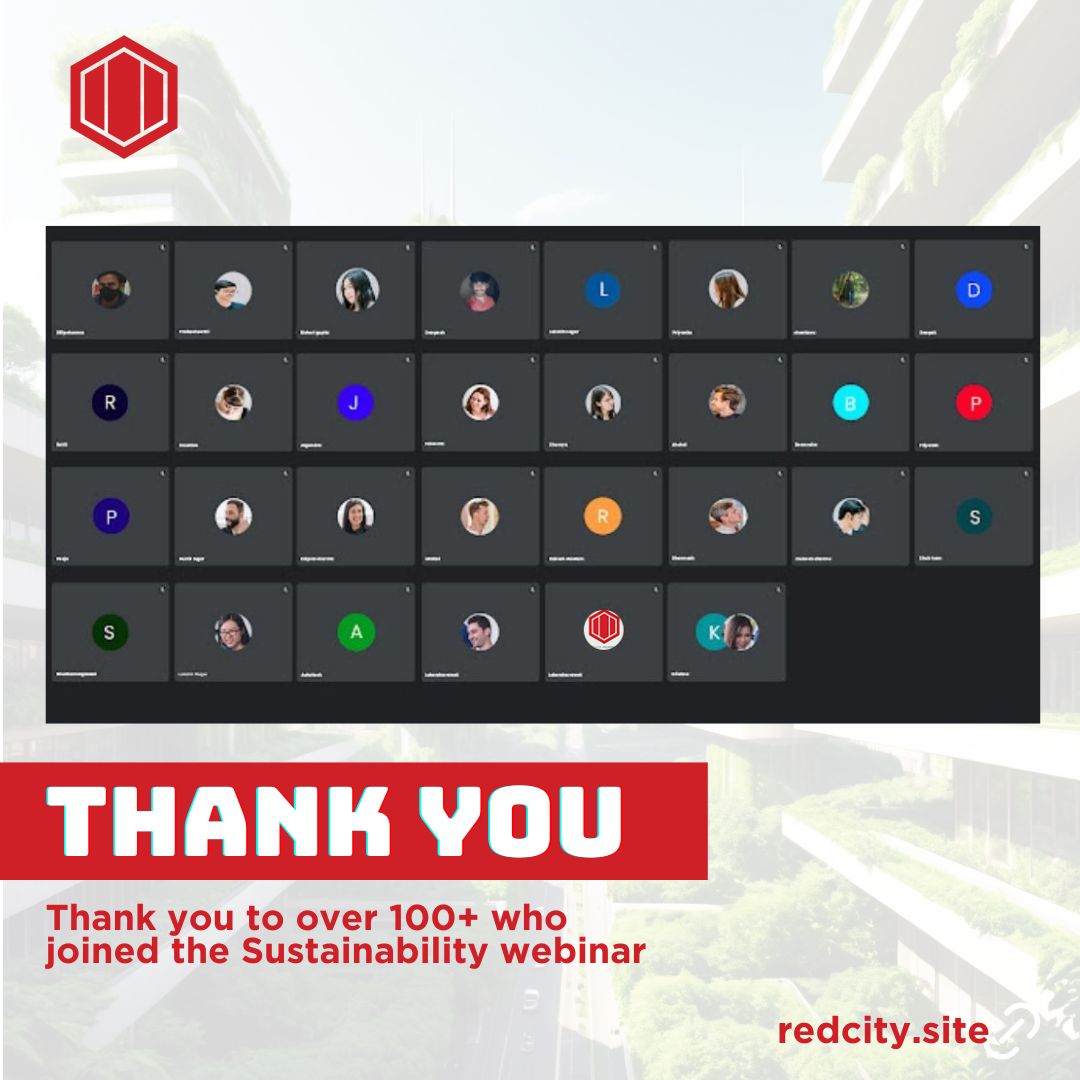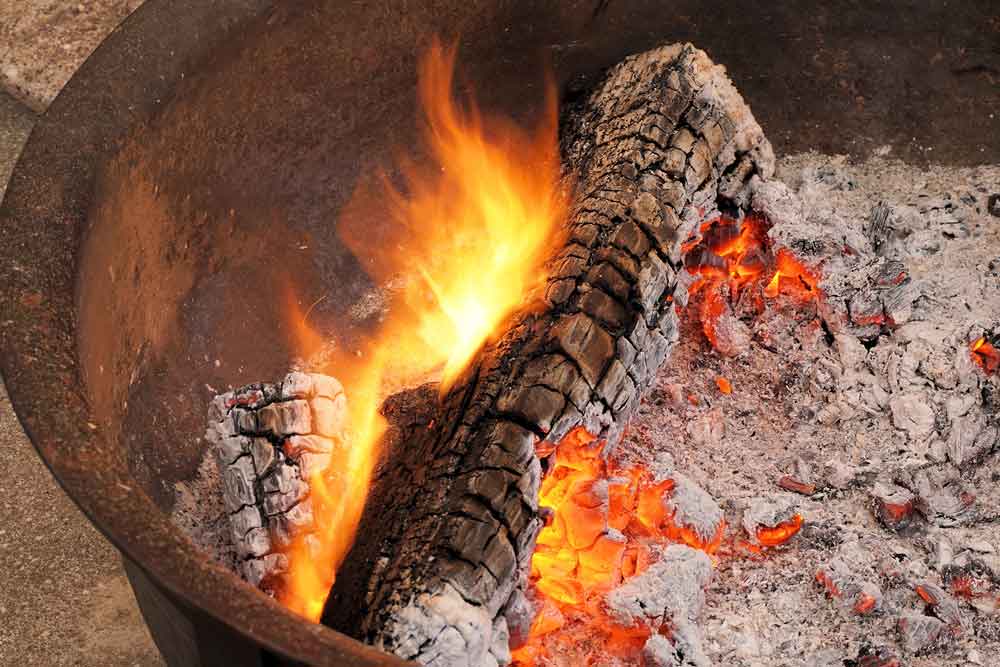As the world continues to demand fast, affordable, and sustainable building solutions, prefabricated construction emerges as a revolutionizing solution. Its low cost and easy-to-assemble nature make it a practical alternative to traditional building methods.
In many parts of the world, like in Africa, for instance, prefabricated construction offers a timely solution to housing shortages, infrastructure development, and urbanization challenges. Because of this, it's fast becoming a popular choice in the construction world, with its market estimated to be worth more than $150 billion by 2026.
This article explores what prefabricated construction is, what it’s used for, its benefits and drawbacks, and how it is steadily impacting Africa.
What is prefabricated construction?
Prefabricated construction, commonly called prefab, is a building process where components of a building are manufactured off-site, usually in a factory, and are afterwards transported to the main construction site for assembly. In other words, it involves transporting pre-made or prefabricated components of a structure from where they are separately made to the construction site where they would be assembled together to form a complete structure.
Unlike traditional building methods that require long, on-site construction timelines, prefab shifts much of the work off-site, allowing for faster and often more efficient project completion.
The process can be done in two ways. Either fully modular, i.e., constructed entirely off-site and assembled on-site like building blocks, or partially prefabricated, where only certain components like walls, floors, or roofs are pre-made.
https://youtube.com/shorts/4f1dOUx-d0o?si=UDTj9xhjwtHpnaN5What is Prefabricated Construction Used For?
Usually done using common construction materials such as steel, concrete, and wood, as well as sustainable materials like shipping containers, prefab is used for creating a wide range of structures, including:
Residential Buildings: Such as single-family homes, apartment blocks, and even luxury villas.
Commercial Spaces: Such as office buildings, retail centers, and warehouses.
Healthcare Facilities: Such as hospitals, clinics, and mobile medical units.
Educational Institutions: Such as schools, classrooms, and dormitories.
Emergency Relief Housing: Quick shelter solutions during natural disasters or humanitarian crises.
Benefits of Prefabricated Construction
Prefabricated construction brings with it a number of advantages that are worth mentioning. They include:
Speed: Doing much of the work off-site significantly reduces construction timelines. In addition, because prefabricated structures are easier to assemble and disassemble where necessary, it becomes possible to complete projects faster, making prefab especially crucial in emergency situations where shelters or decent housing may be exigent.
Cost-Effective: Prefab, due to the fact that it's usually done in a factory setting, requires less labor in comparison to traditional building. In addition to this, the materials used are usually bought in bulk and so cost less. Furthermore, prefab structures are also energy-efficient, durable, and easy to maintain, which further helps to save costs.
Quality Control: Factory production typically ensures consistent quality. In other words, with prefab, the quality of the materials used to manufacture the components is checked and approved before they are used. This way, safety codes are adhered to, ensuring quality and safe construction.
Sustainability: Prefab usually integrates eco-friendly designs and materials, making it favorable to the environment. Moreover, because it is done in a controlled environment, it reduces material waste, thereby helping to protect the environment from pollution.
Flexibility: Prefabricated structures can be customized for various uses and environments. Their design allows them to be tailored to diverse needs, climates, and design preferences. As such, prefabricated construction is suitable for building almost any structure.
Disadvantages of Prefabricated Construction
Notwithstanding its upsides, prefab also comes with a few considerable setbacks, which are:
Transportation Costs: Usually, it is expensive to transport large components. It requires thorough planning and supervision, making it rather difficult to move manufactured components to the main construction site for assembly.
Limited Design Flexibility On-Site: Major changes are hard to make after manufacturing. As a result, where there are defects or the need for adjustments, it may be difficult to achieve such. Also, prefab is usually design-specific, and as such, it places constraints on the types of structural designs possible.
Infrastructure Needs: Due to the manner in which prefab is carried out, it usually requires proper roads and cranes for assembly in remote areas. This may prove difficult, especially where these infrastructures are not present or available.
The Cost of Prefabricated Construction
Prefab construction is often cheaper than traditional building, with cost savings of up to 15-20% in some cases. The cost, however, varies based on factors such as:
- Type of structure
- Materials used
- Transportation logistics
- Labor and site preparation
- Local regulations and taxes
Nevertheless, in Africa, prefab homes can cost as little as $5,000 to $30,000, depending on size and finishes, making them a more viable option for low- and middle-income families.
Prefabricated Construction in Africa
With millions lacking access to decent shelter and urbanization steadily accelerating in Africa, it is evident that traditional construction methods cannot keep up with the increasing demand. As a result, prefab emerges as a game-changer, helping to alleviate the prevalent housing shortage plaguing the continent. This is why across various African nations, this construction method is increasingly gaining traction.
According to statistics, the market’s CAGR is estimated to be greater than 5.5% by 2030. In Nigeria, the market is growing 10.1% annually, and 6.1% annually in South Africa. Other African countries like Egypt and Kenya are also seeing significant growth in prefabricated construction. Moreover, adding to its growth are international organizations, NGOs, and private developers who invest in prefab solutions to support infrastructure goals across the continent.
Clearly, prefabricated construction is becoming a preferred solution in Africa, and it might just be what the continent needs. Here’s why:
Affordable Housing: Prefab homes are usually more affordable. As such, they make it possible for low-income earners to also become homeowners.
Speedy Construction: As a fast method of construction, it is a perfect approach to adopt in disaster-prone areas or refugee zones.
Job Creation: Prefab stimulates local economies by creating manufacturing and assembly jobs.
Sustainable Development: It reduces environmental impact, especially in regions with limited resources.
Educational & Medical Infrastructure: Prefab helps build schools and hospitals quickly and easily in underserved areas.
Conclusion
In summary, prefabricated construction offers a much-needed solution to the pressing challenges of housing and infrastructure, especially in Africa. With its cost-efficiency, speed, and adaptability, prefab is poised to play a pivotal role in Africa’s developmental journey. In essence, while not without its challenges, its benefits far outweigh the drawbacks, making it an essential part of the future of construction, not just in Africa, but worldwide.
Redcity, like many companies adopting this innovative approach to construction, offers expert prefab services both locally and internationally. Simply request a quote here to get started. While you’re at it, you can check out our other products and services here. Also, visit our blog and YouTube channel for more insightful news and content.
What are your thoughts on prefabricated construction in Africa? Do you think it’s the future of construction in Africa? Let us know below.





![Physical properties of wood ash [12].](https://www.researchgate.net/profile/Swaptik-Chowdhury-2/publication/270163491/figure/tbl2/AS:669688883331093@1536677680863/Physical-properties-of-wood-ash-12.png)

